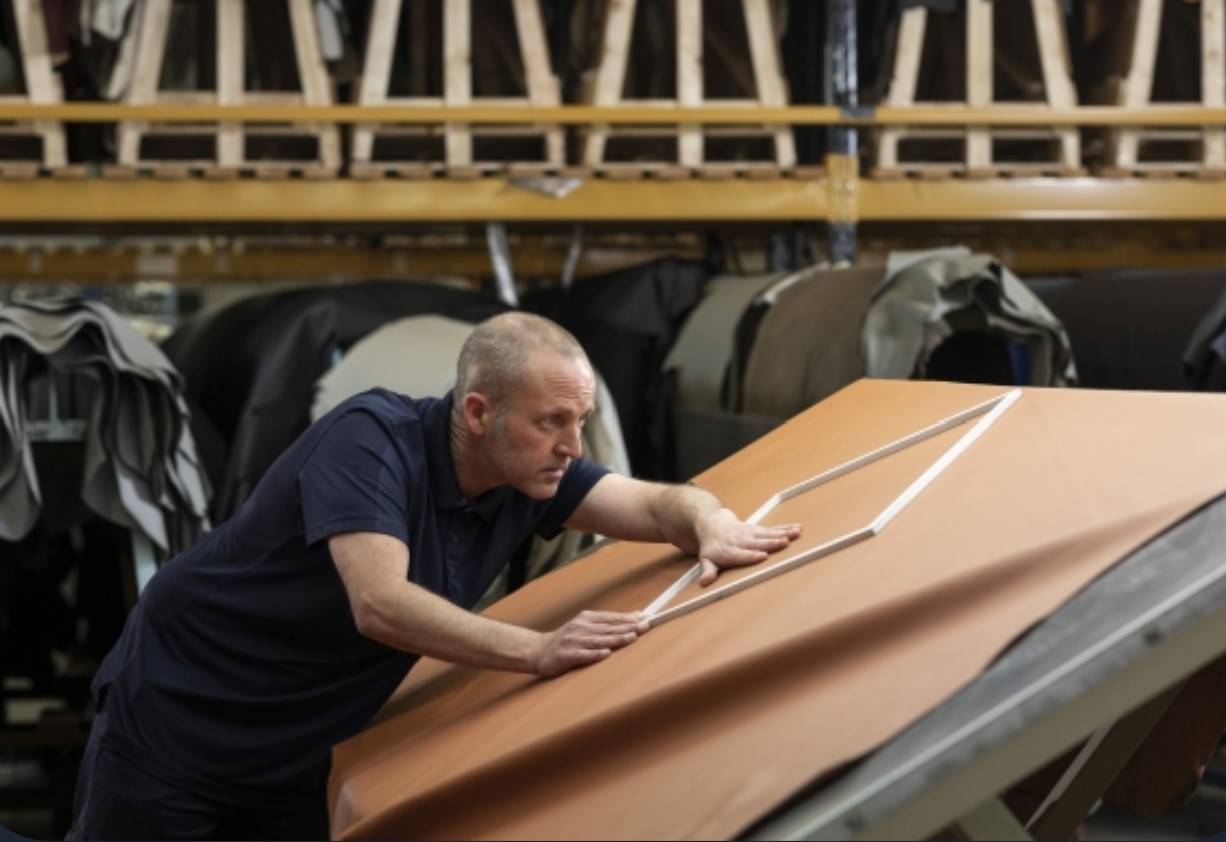LCA shows Bridge of Weir automotive leather has lowest carbon intensity
06/07/2021

Scottish tannery Bridge of Weir Leather has completed a Life Cycle Analysis (LCA) that shows it manufactures the lowest carbon intensity leather for the automotive industry.
Life Cycle Analysis, conducted by independent consultants, enables the business to measure the long-term effects of its activities, verify its supply chains and identify opportunities to reduce its overall impact.
Dr Warren Bowden, sustainability and innovation director at parent company Scottish Leather Group (SLG), said: “Over the last two decades, we have reduced our CO2 per hide from 10.3kg per hide to 1.1kg per hide – a decrease of 90% – and we are fully committed to lowering this figure even further, with the long-term goal of net zero carbon by 2025.
“Our Life Cycle Analysis is a powerful ‘carbon accounting’ tool for measuring how responsible our consumption of raw materials and our production of leather is, enabling a true and fair comparison against the impact of other products and materials. This rigorous measurement fully supports the strategic approach of the Scottish Leather Group and provides Bridge of Weir’s customers with independently verified sustainability data.”
Since 2003, Bridge of Weir has sought to minimise waste to landfill and reduce carbon footprint. Its Thermal Energy Plant reclaims energy as steam and uses a proportion to power its tannery. Around 98% of hides are sourced within the UK and Ireland. This includes over 79% of all the grass-fed livestock in Scotland, classified as carbon neutral, according to Quality Meat Scotland.
It also sources water from its own loch, its Water Treatment & Recycling Plant plant enables the recycling of up to 40% of treated water and it claims to use 50% less water per hide than the industry standard.
Mr Bowden added: “The current LCA uses generic farming data, not specific ‘primary’ data which is based on Scottish farming – widely recognised as being net zero – so there is a potential for Bridge of Weir’s CO2 impact to be even lower once this is factored in. Added to this, we are also working on a series of innovations, including biobased alternatives to existing tanning agents and novel tannages which utilise technology and pioneer new techniques.
“Scottish Leather Group is planning to source renewable gas to reduce the carbon impact and continue the increased utilisation of self-generated or recovered heat. We believe we can also become net carbon positive if we switch to green gases and continue to export biofuel.”
SLG, which also manufactures for the aviation, rail, furniture, and luxury goods sectors, is on track to being carbon neutral by 2025.
Photo credit: SLG






